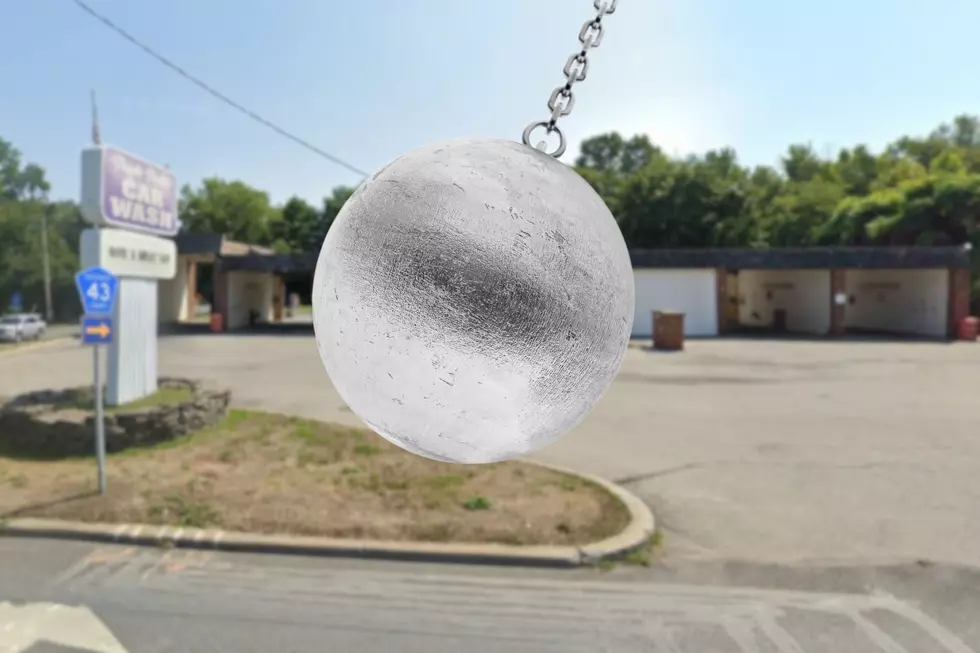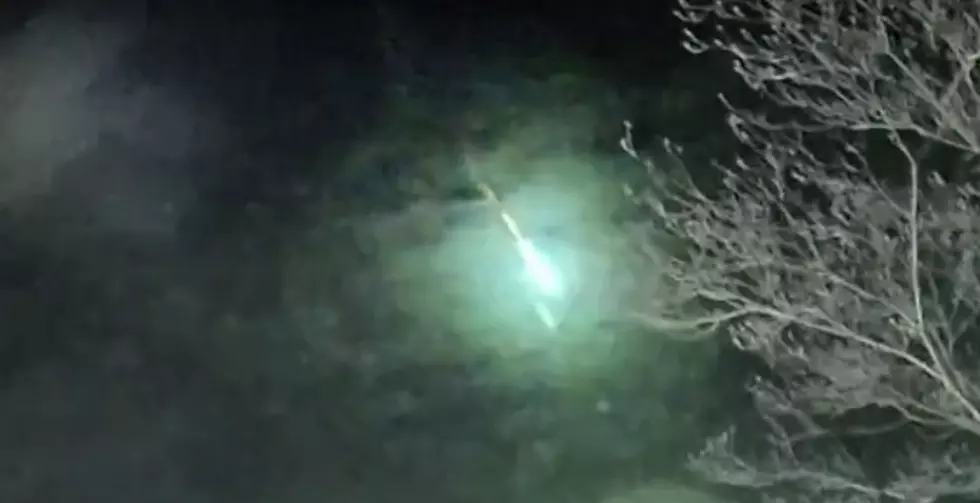
There’s a Giant Algae Blob Off The New Jersey Coast
As if great white's, rip currents, and bad spray tans weren't enough, now he Jersey coast has another issue....and it's so large it can be seen from space. On July 2, NASA's Terra satellite caught a glimpse of a sudden algae bloom explosion, which seemingly came out of nowhere. This is a concern for officials as some kinds of algae (such as phytoplankton) can be toxic to swimmers and marine life. Pic HERE
According to NASA
Several species of tiny chlorophyll-containing organisms (phytoplankton) live off the New Jersey shore year-round, but only occasionally create large blooms. Under normal conditions, these microscopic plants are beneficial and form the base of the marine food chain, and thus promote healthy harvest of fish and shellfish. At times, however, some blooms may contain harmful toxins, which may harm swimmers or shellfish. Bivalves, such as clams, oysters and mussels, can accumulate such toxins, and become unhealthful to eat.
Fortunately, for now, the giant blob has been identified as Heterosigma akashiwo, which is considered mostly non-toxic. Algae blooms are a common concern in this part of the Atlantic. A 2011 algae bloom, that stretched the entire NJ coast, which was initially caused by winds pushing nutrients to the surface later combined with rains that pushed sludge from sewers into the ocean.
More From WPDH-WPDA









